After the great victory on January 7, 1979, although the Pol Pot group's ruling apparatus from the central to the grassroots level was overthrown, the remaining Pol Pot troops, numbering about 40,000, led by the ringleaders, fled and hid in the border areas of western and northwestern Cambodia and some places inland, relying on outside help to continue to sabotage the revolution.
 |
| A delegation of Vietnamese volunteer soldiers visited and provided relief to Cambodian people right after the country escaped the genocide regime. Photo: qdnd.vn |
They stepped up political and diplomatic activities, hoping to create pressure to push Vietnamese volunteer troops out of Cambodia while the revolutionary forces of the neighboring country were still weak; they hoped to counterattack and retake the capital Phnom Penh with the illusion of reestablishing the genocidal regime.
On February 18, 1979, in the capital Phnom Penh, Prime Minister of the Socialist Republic of Vietnam Pham Van Dong and President Heng Samrin, on behalf of the Cambodian People's Revolutionary Council, signed the Treaty of Peace , Friendship and Cooperation.
The two sides pledged to wholeheartedly support and assist each other in all aspects, by all necessary means, to enhance the ability to protect the independence, sovereignty , unity, territorial integrity and peaceful labor of the people of each country.
Fulfilling the commitments recorded in the Treaty, after the victory day, the Party, State, Army and people of Vietnam continued to stand side by side with the patriotic forces and people of Cambodia to prevent the return of the genocidal regime, bringing about the revival of the country of pagodas, for peace and stability in the region.
During 10 years (1979-1989), Vietnam simultaneously carried out 3 missions in Cambodia: Helping the Cambodian revolutionary armed forces to build up their forces and coordinate in fighting to sweep away the remnants of Pol Pot's army in the western, northwestern and inland border areas; Helping friends build and consolidate the revolutionary government system, mass organizations from the central to local levels and organize training and fostering of cadres at all levels; Sending thousands of cadres and experts together with Vietnamese volunteer soldiers to stay and continue to help the Cambodian revolution and people stabilize and recover in all areas: Economy, culture, education, transportation, health care... taking care of people's lives.
During 10 years of performing the noble international mission in Cambodia, Vietnamese volunteer soldiers and experts have demonstrated their strong will and devotion to the revolutionary cause of the Cambodian people, overcoming difficult challenges and completing all missions excellently; tens of thousands of Vietnamese volunteer soldiers and experts have heroically sacrificed their lives on friendly soil for the noble international mission. Cambodian people affectionately call Vietnamese volunteer soldiers Buddhist soldiers.
When the situation in Cambodia stabilized, on September 26, 1989, witnessed by international media, the last units of Vietnamese volunteer troops withdrew to the country, leaving the people of the Land of Pagodas with regret.
On the day the Vietnamese volunteer soldiers returned home, Cambodia's Pracheachon newspaper published an editorial saying: "During the extremely tragic years under the Pol Pot genocidal regime, in this world, there were countless strong and rich people, but only our poor neighbor Vietnam came to save our people." Cambodian Prime Minister Hun Sen affirmed: "Without Vietnam's help, Cambodia would not exist today, definitely."
(To be continued)
Source








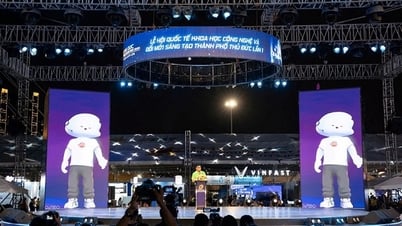



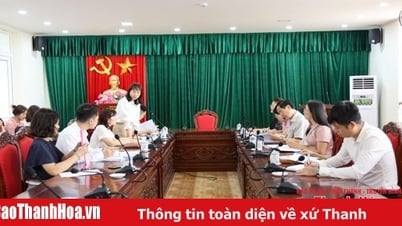


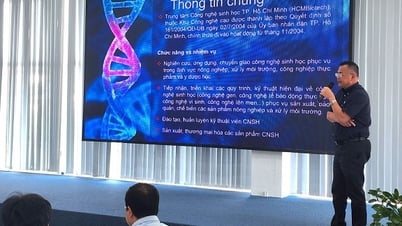
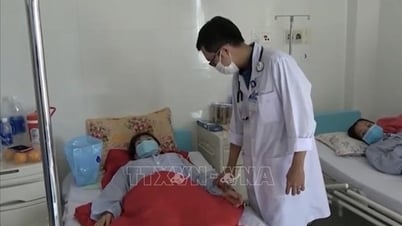

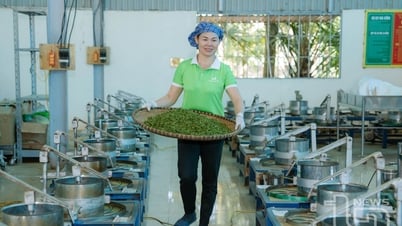

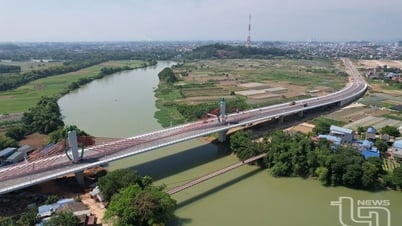

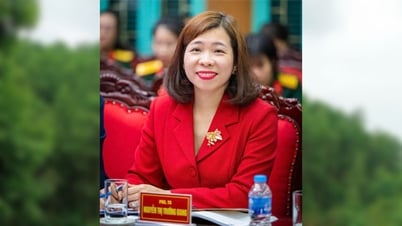
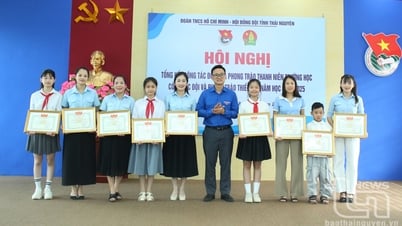
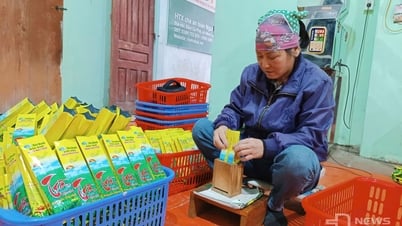




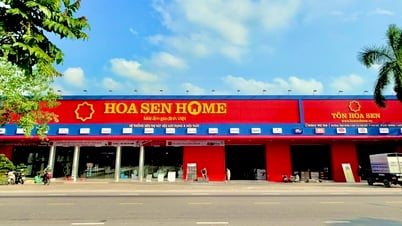

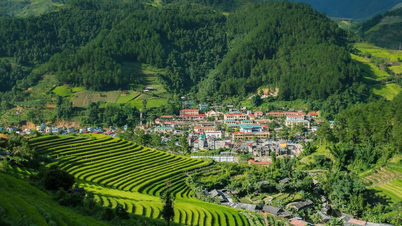

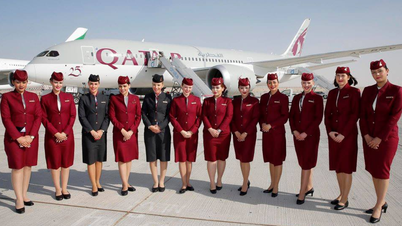















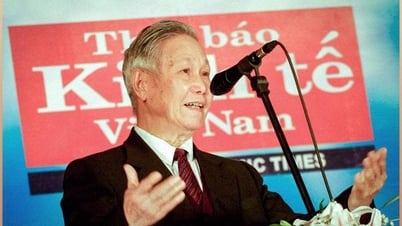

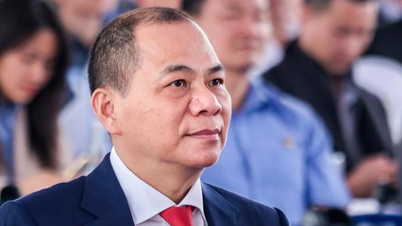
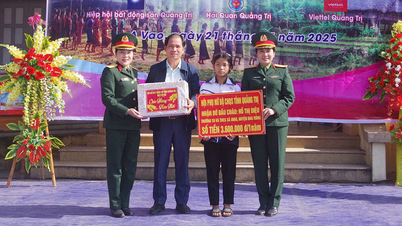





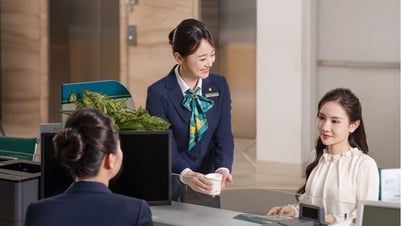


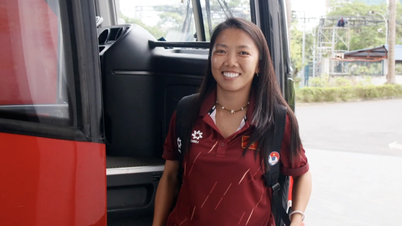
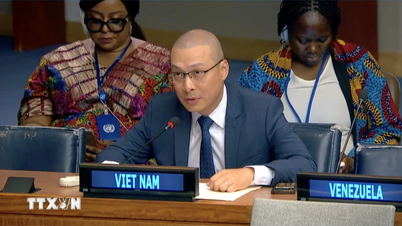

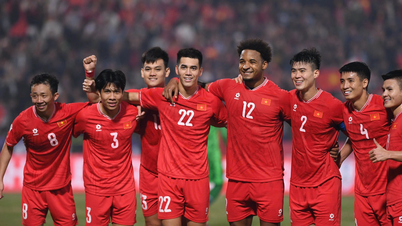

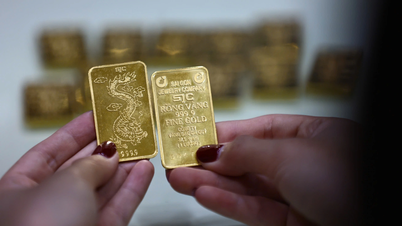
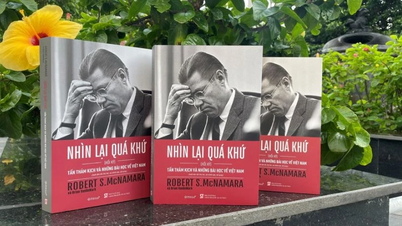
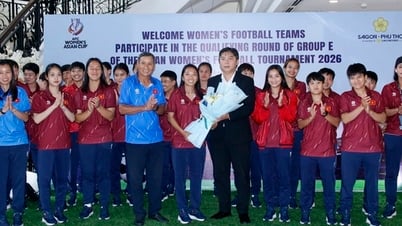

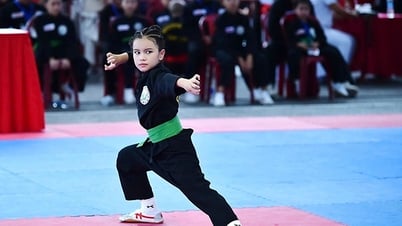
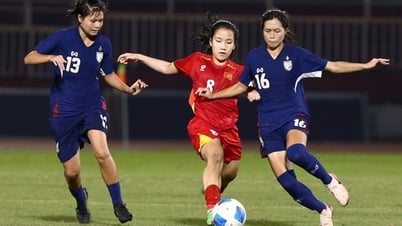


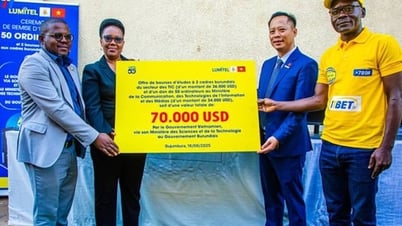

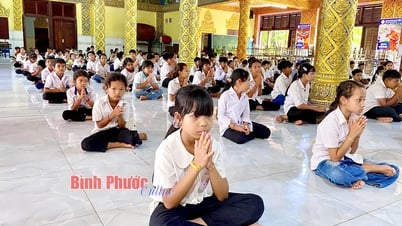
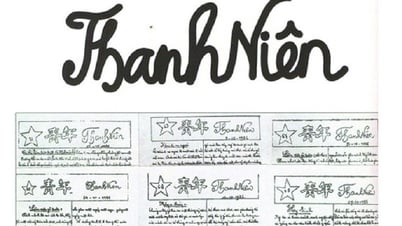


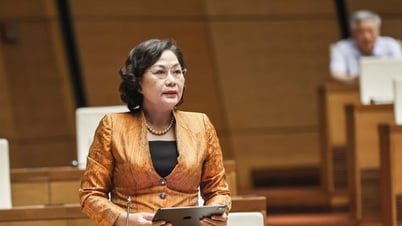














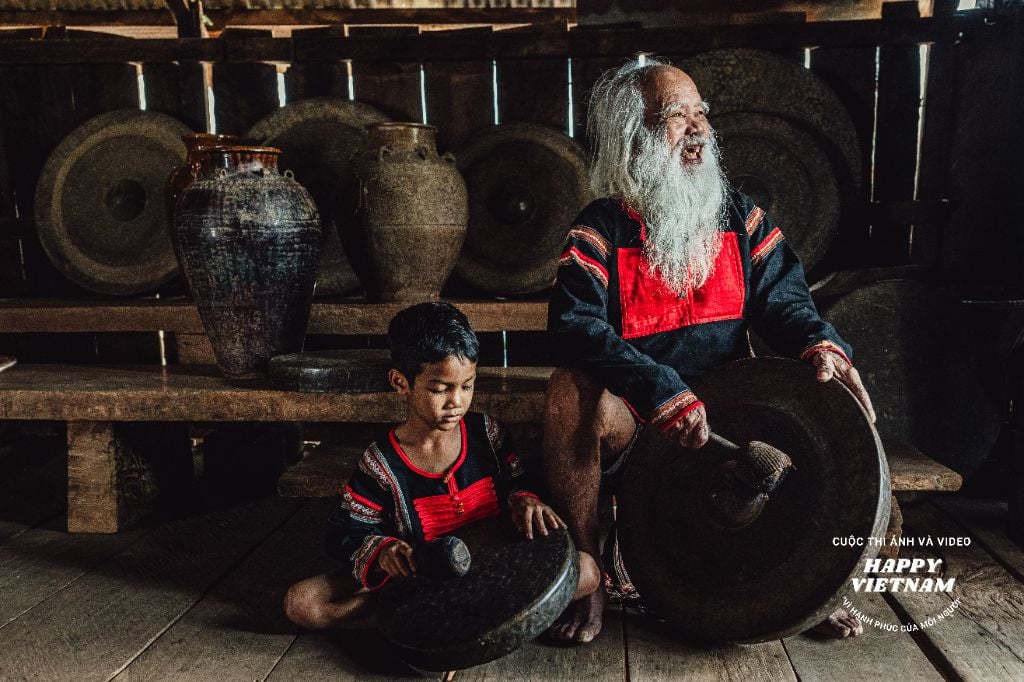
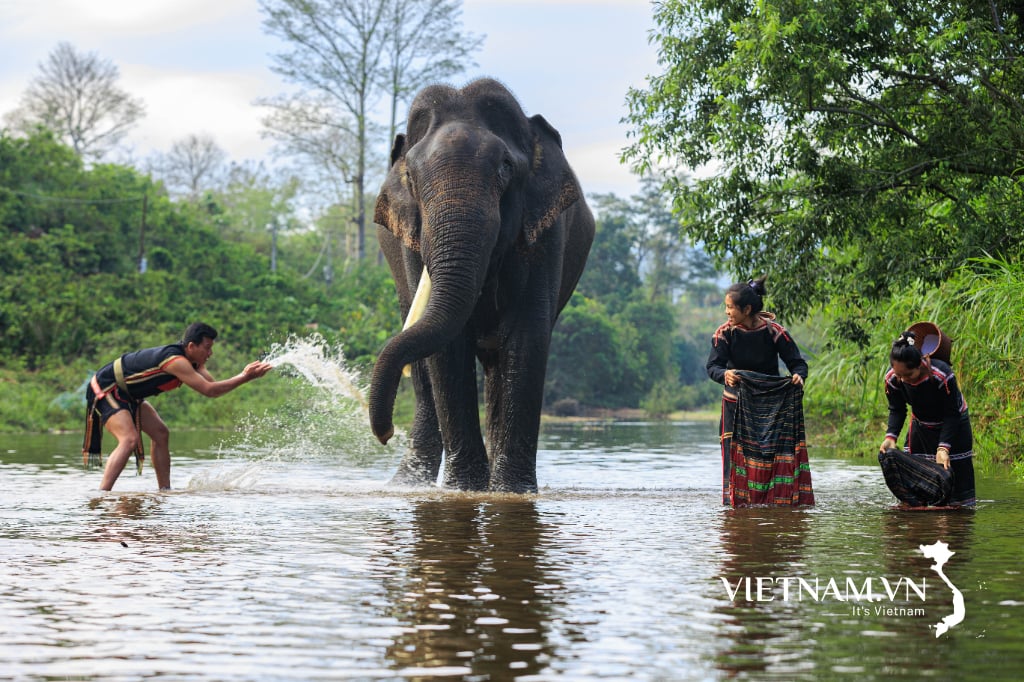
Comment (0)